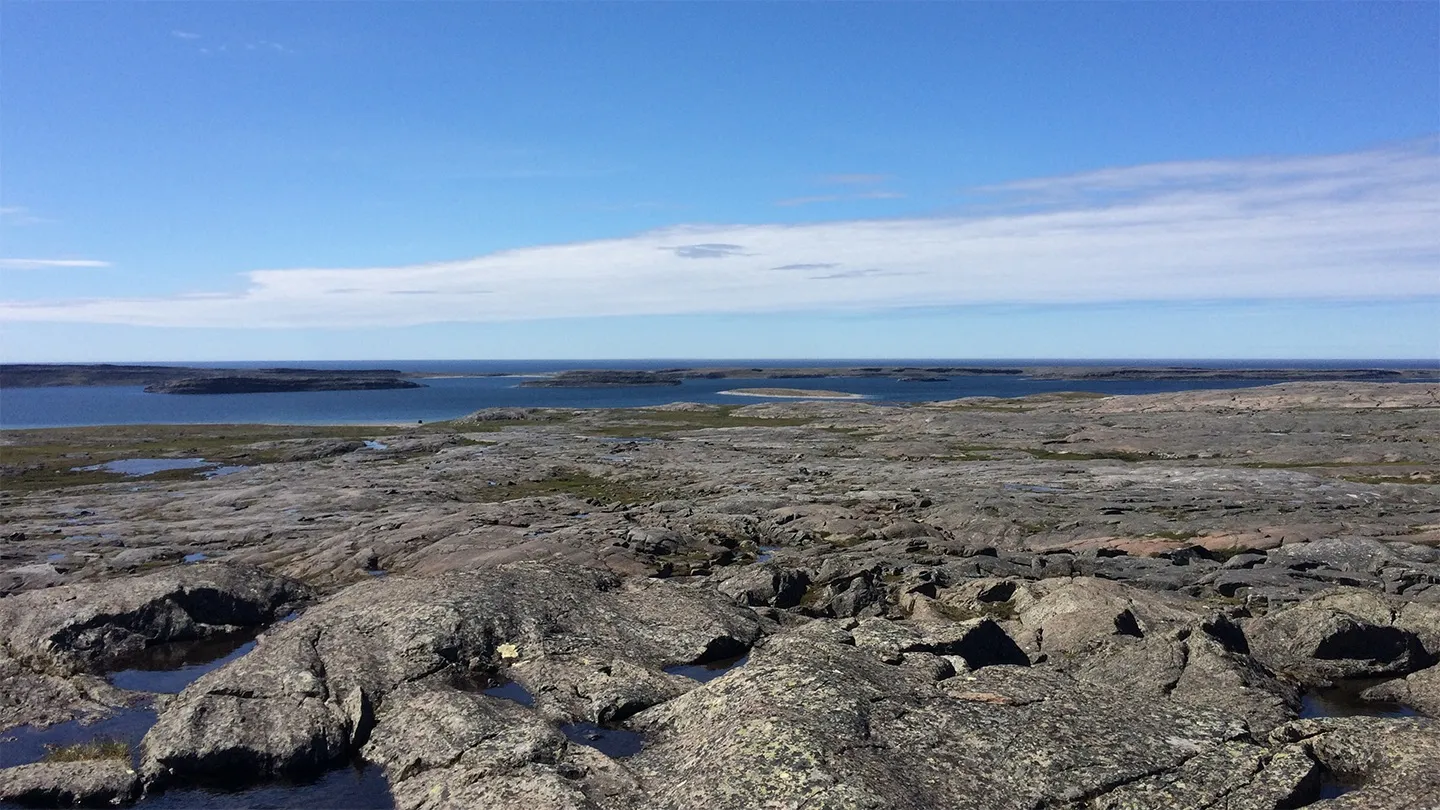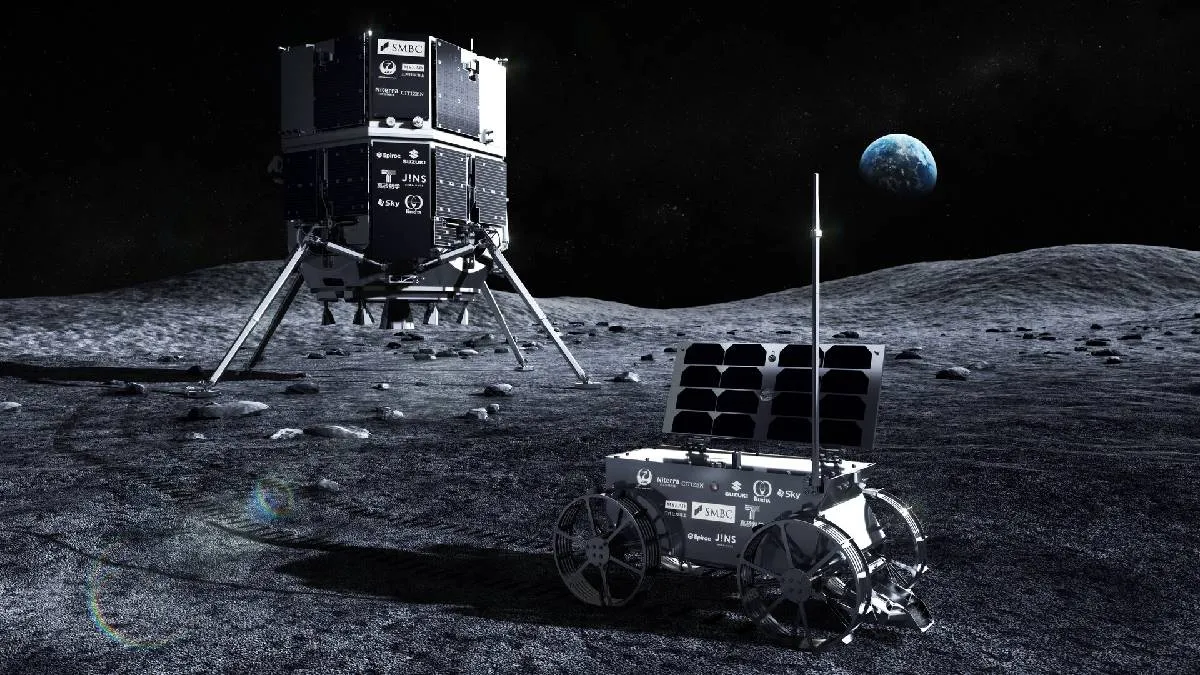Earth’s Oldest Rocks Dated to Over 4.16 Billion Years — Rewriting Planetary History
A new study suggests that some of Earth’s oldest rocks are at least 4.16 billion years old, offering a rare glimpse into the planet’s infancy and the conditions that shaped its earliest crust.
In a major scientific breakthrough, researchers have determined that some of Earth’s oldest known rocks are at least 4. 16 billion years old , pushing back the timeline of the planet’s early crust formation and offering new clues about Earth’s chaotic infancy. Published in the journal *Nature Geoscience*, the study centers on zircon crystals extracted from ancient rock formations in Canada’s Slave Craton , located in the Northwest Territories.
These tiny mineral grains — often no wider than a human hair — act like time capsules, preserving isotopic signatures that reveal the age and nature of early Earth processes. > “This discovery gives us the clearest evidence yet of how early Earth began to stabilize and form a crust,” said Dr. Jesse Reimink, a geologist at Penn State University and co-author of the study.
“It’s a step closer to understanding the planet’s first billion years — a time we know very little about. ” Why This MattersThe Earth formed around 4. 54 billion years ago , but the first few hundred million years — known as the Hadean Eon — remain largely mysterious due to geological recycling.
Most rocks from that era have long been destroyed by plate tectonics, erosion, and other natural forces. The new research provides a rare window into that lost chapter by dating zircons embedded in tonalite–trondhjemite–granodiorite (TTG) rocks , a type of ancient continental crust. Previous studies had dated Earth’s oldest minerals to around 4.
0–4. 1 billion years, but this new analysis extends the age further. How They Did ItUsing high-precision mass spectrometry , the team analyzed uranium-lead ratios in zircon crystals to determine their age.
The results showed a population of zircons with a crystallization age of at least 4. 16 billion years , making them among the oldest materials ever found on Earth. These ancient zircons are believed to have formed in a tectonically active environment involving water-rich magmas — possibly from subduction zones — suggesting that early Earth may have already hosted proto-plate tectonics and liquid water.
Implications for Planetary Science1. Early crust formation : The findings suggest Earth’s crust began solidifying earlier than previously believed. 2.
Habitability timeline : Stable continental crust is considered a key requirement for developing habitable conditions. The earlier its appearance, the sooner life could have had a foothold. 3.
Comparative planetology : Insights from early Earth help refine models for the evolution of other rocky planets, including Mars and Venus, and inform the search for habitable exoplanets. > “Knowing when crust stabilized helps define when surface environments could support oceans and, potentially, early microbial life,” said Dr. Elizabeth Bell, a geochemist not involved in the study.
What’s Next?The researchers plan to continue studying rocks in similar ancient cratons around the world, including those in Australia and Greenland, to better understand how widespread early crust formation was — and how it may have influenced Earth's long-term evolution. Conclusion: Unlocking the Hadean EarthEarth’s first billion years remain a geologic black box, but breakthroughs like this crack it open just a bit more. With 4.
16-billion-year-old zircons offering tangible proof of crustal formation and possibly water-influenced magmatism, we’re inching closer to understanding how Earth became a planet capable of life — and how rare that trajectory might be in the cosmos.
9th July 2025



